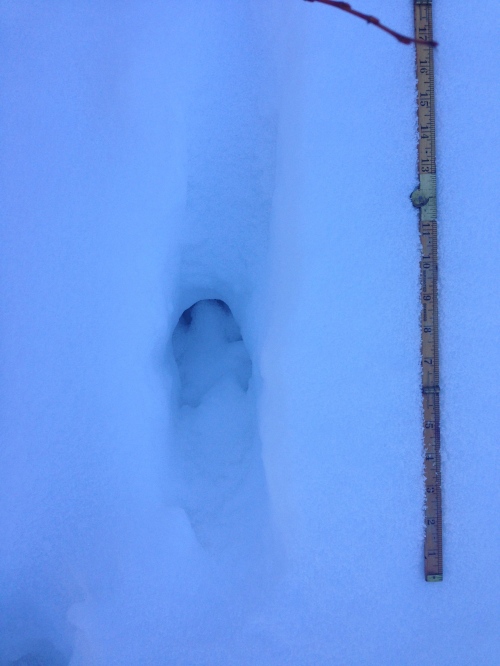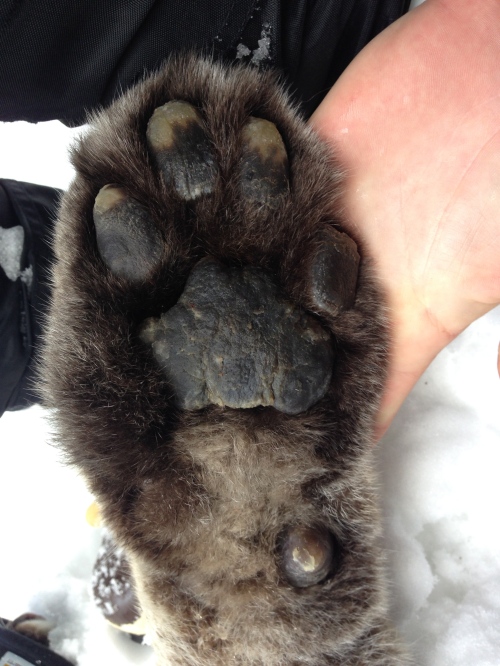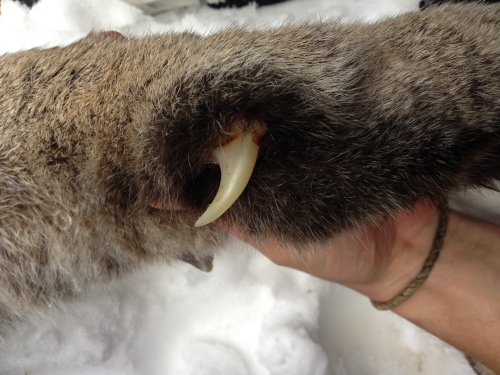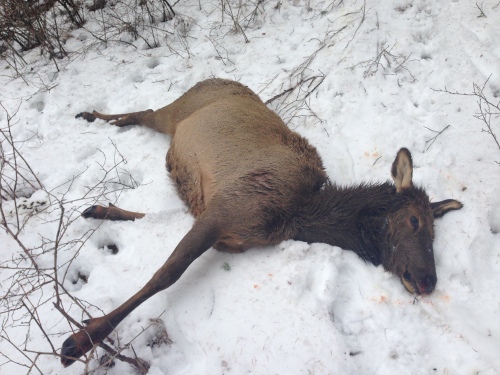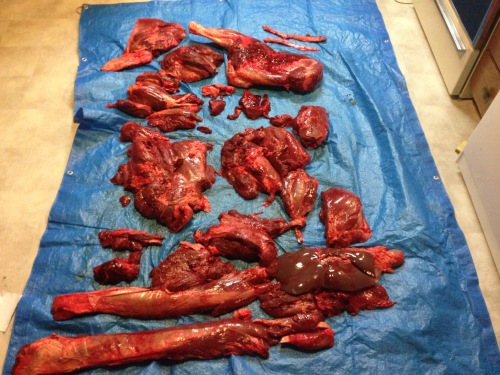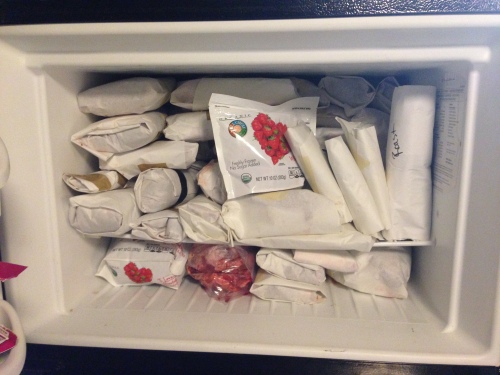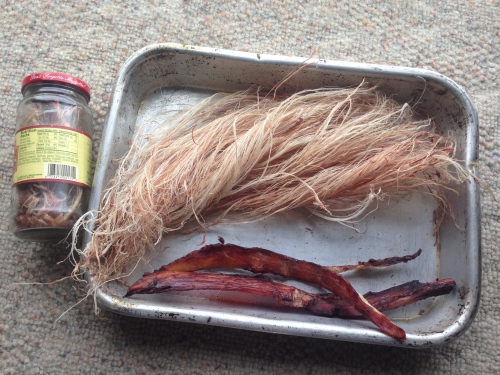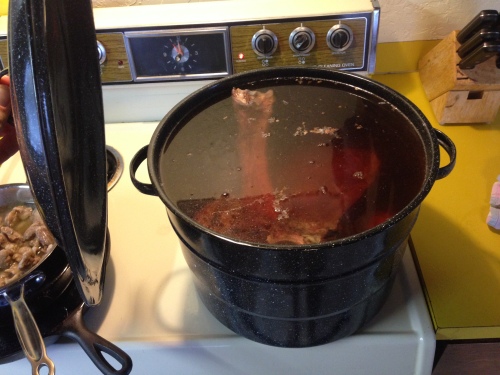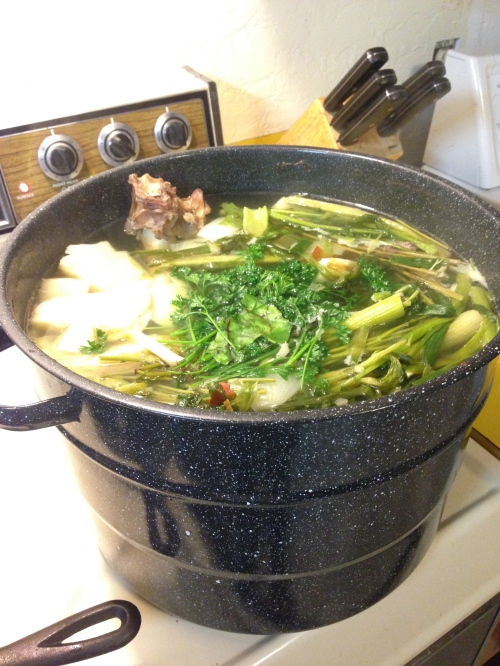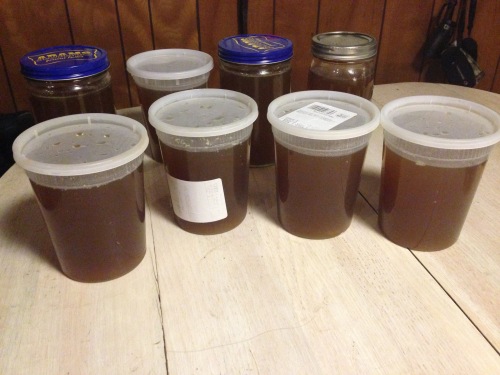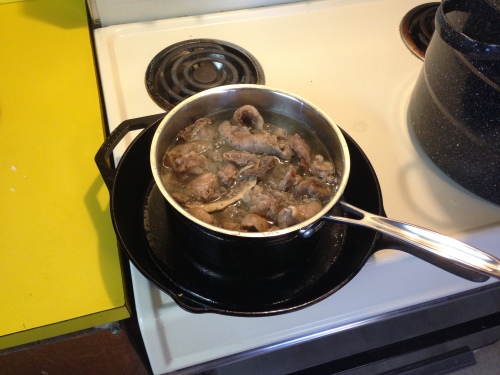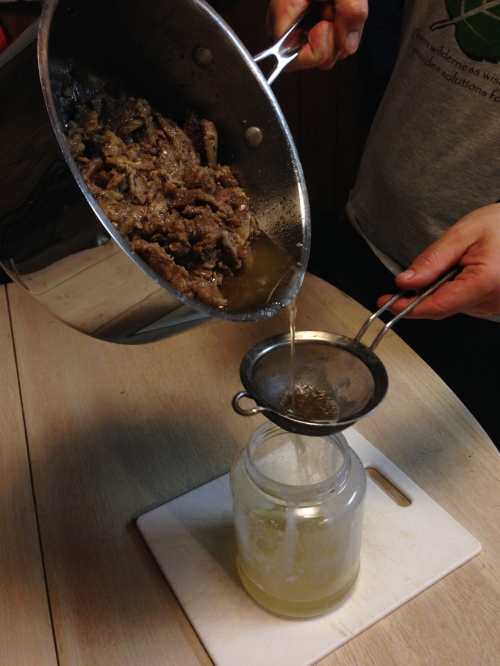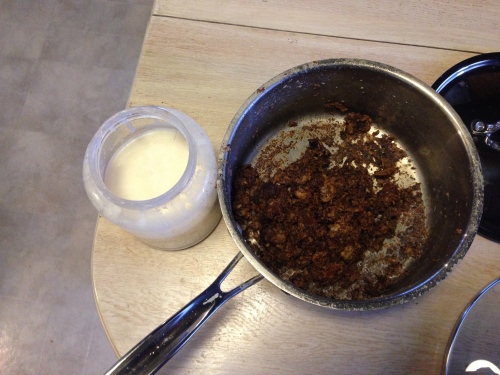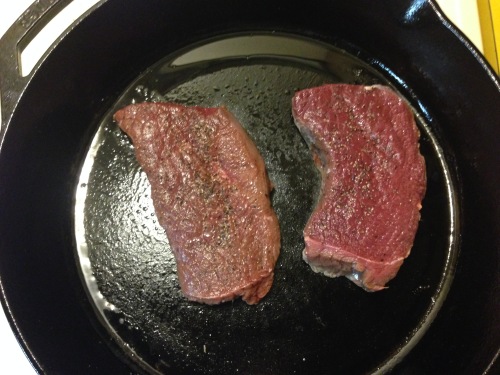Another capture season has come to an end on Panthera’s Teton Cougar Project. It was a challenging year but we were able to put out a few new collars and recollar some cats whose collars fell off over the past year. Our method for finding mountain lions is the same as mountain lion hunters – we split up and hike, drive or snowmobile looking for tracks. Snow makes this much easier but anyone who tells you snow tracking is easy may only be looking at clear tracks. The right snow conditions can make picking a cougar trail out of the tracks of wolves, deer and elk very challenging.
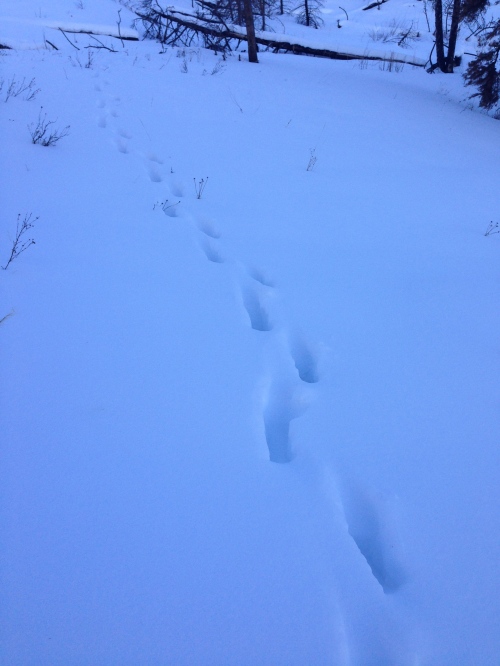
Generally cougar tracks are big and round and their strides are short. This makes them stand out compared to snow trails of ungulates BUT when there is a light crust on top of the snow, cougars will keep their toes tightly together and take longer strides, making the trail look more like deer or small elk.
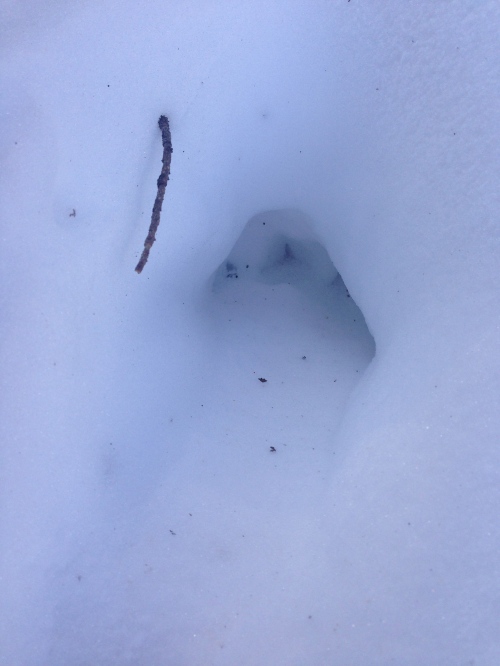
But if snow conditions allow you to peek inside you will see the toes and fine claws of a mountain lion.
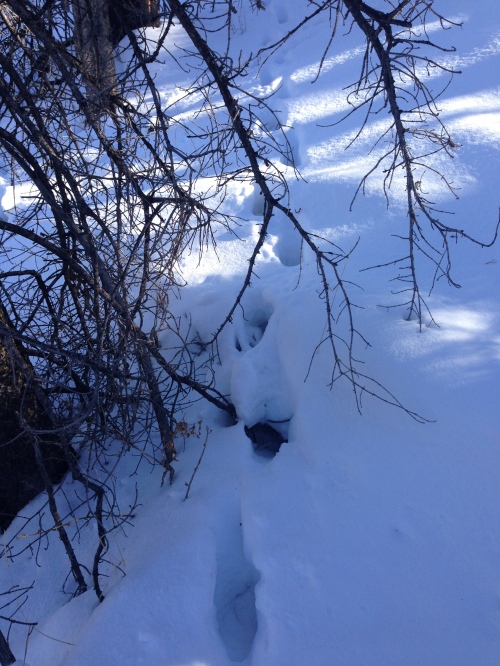
Sometimes you are forced to rely on how the animal is moving to identify a trail – cougars love sneaking under low-lying branches and they “lurk” through the landscape. They travel from tree to tree, wrapping around the trunk, under branches and through thick bushes. Wolves, elk and deer cruise in more of a straight line.
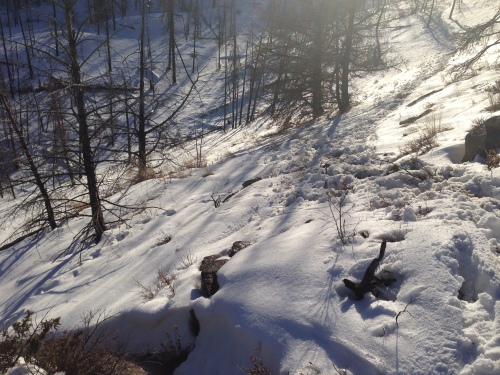
Can you pick out the cougar trail among the tracks of dozens of elk? It is the one on the left sneaking under 1-2 foot high branches.
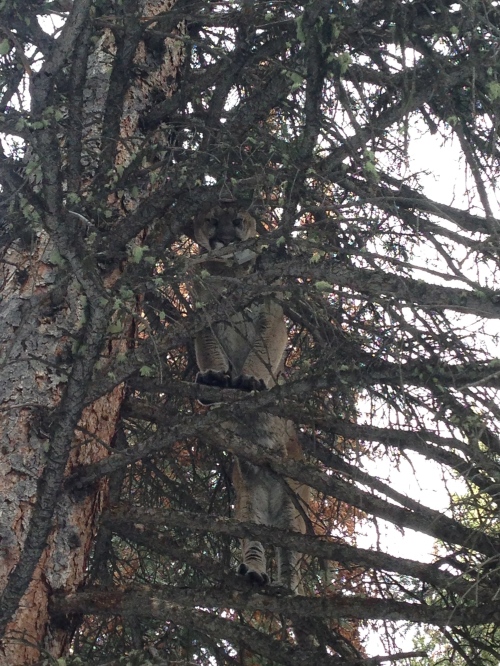
M85. It is amazing how relaxed all cougars are – but especially M85 is when he is in a tree. He is only 10 or 15 feet away from me when I took this picture.
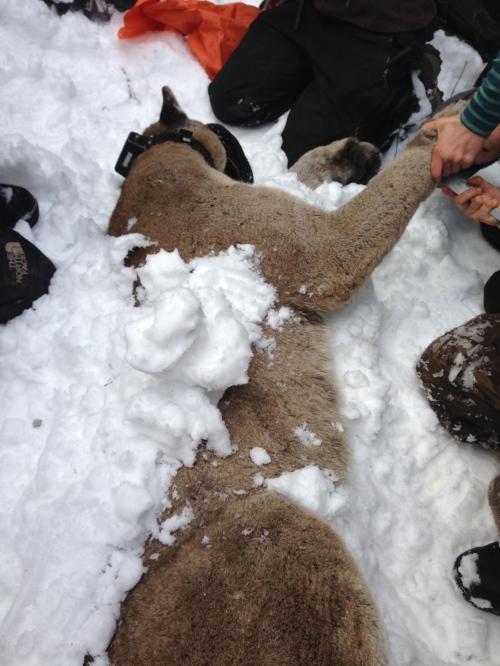
He took the drugs very well. Safety of the cat as well as the team is priority in these situations. His eyes are covered to help cool his adrenaline and he is covered in snow to cool his body since his temperature was slightly high.
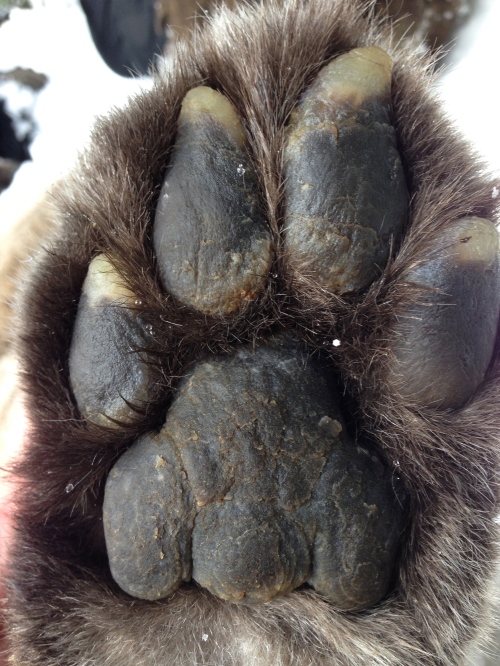
Very interesting callouses on his feet. I haven’t seen this before and I’m curious about what would cause this. He didn’t have these on his toes last year when we caught him.

He is an extremely healthy looking cat. One of his canines showed some damage which is expected being around 7 years of age.

His new collar will last 2 years before it automatically falls off which means we will likely never catch him again.
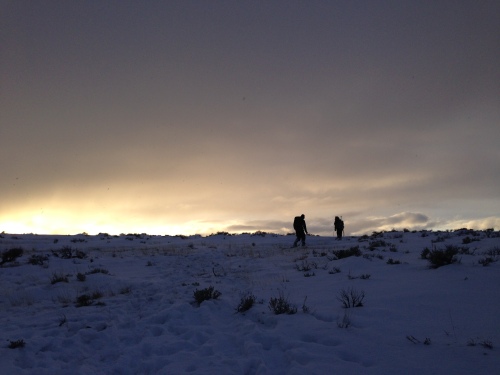
Heading home, best of luck to M85. There are still several months left in the cougar hunting season and a big male like him is highly sought after but he is a smart old cat – lasting 7 years is very unusual for a male in our study area.
